NASA is pushing the boundaries of space exploration through its CHAPEA Mars simulation mission. This mission, which stands for CHAllenge for Planning and Execution of Activities, is designed to simulate life on Mars and test various aspects of space missions.
The mission is set up to replicate the conditions astronauts might face on Mars, including isolation and limited resources. This helps scientists understand how these factors might affect human performance and mission success.
The CHAPEA Mission Experience

Participants in the CHAPEA mission live in a Mars-like habitat for extended periods. This setup includes a small, confined living space and a limited supply of resources, mirroring the constraints of a real Mars mission.
This immersive experience is crucial for evaluating how crew members handle the psychological and physical stresses of long-term space travel. Insights gained will aid in preparing for future missions to Mars.
Ross Brockwell’s Role in the Mission
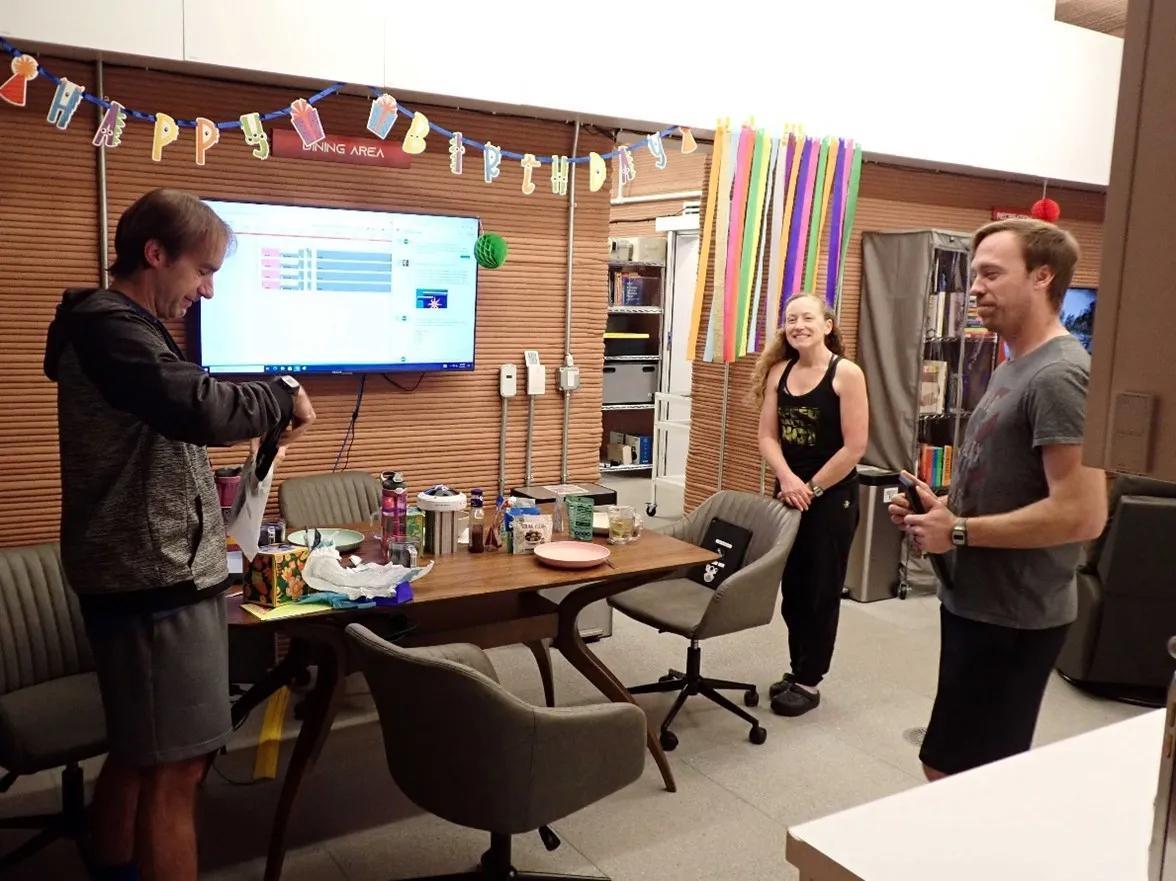
Ross Brockwell, one of the mission participants, shared his experiences living in the Mars simulation. He emphasized the importance of teamwork and adaptability in the mission’s success.
Brockwell’s feedback helps researchers improve mission protocols and better prepare future astronauts for the realities of space exploration.
Testing Food Systems in Space
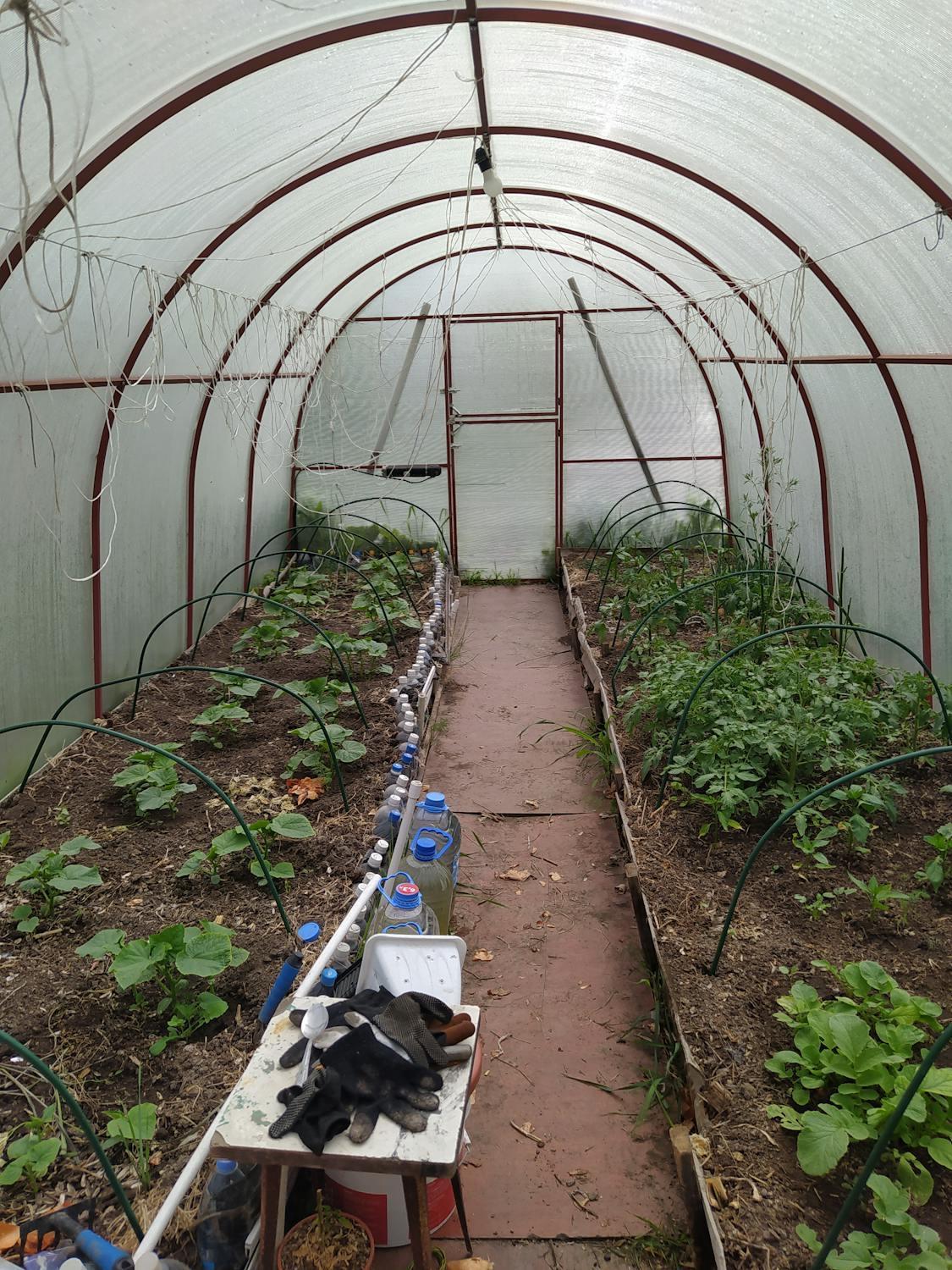
A key component of the CHAPEA mission is testing food systems and crop growth in a controlled environment. This aspect is critical for ensuring that astronauts have a sustainable and nutritious food supply during extended missions.
Researchers are experimenting with various methods to grow crops in Martian-like conditions, which could be essential for long-term space missions where resupplying is not an option.
Challenges of Growing Crops on Mars

Growing crops on Mars presents several challenges, including low light levels and reduced gravity. The CHAPEA mission is exploring solutions to these problems to ensure a reliable food source for future missions.
By simulating these conditions, scientists can develop and refine techniques for agriculture in space, paving the way for sustainable living on Mars.
The Importance of Analog Testing
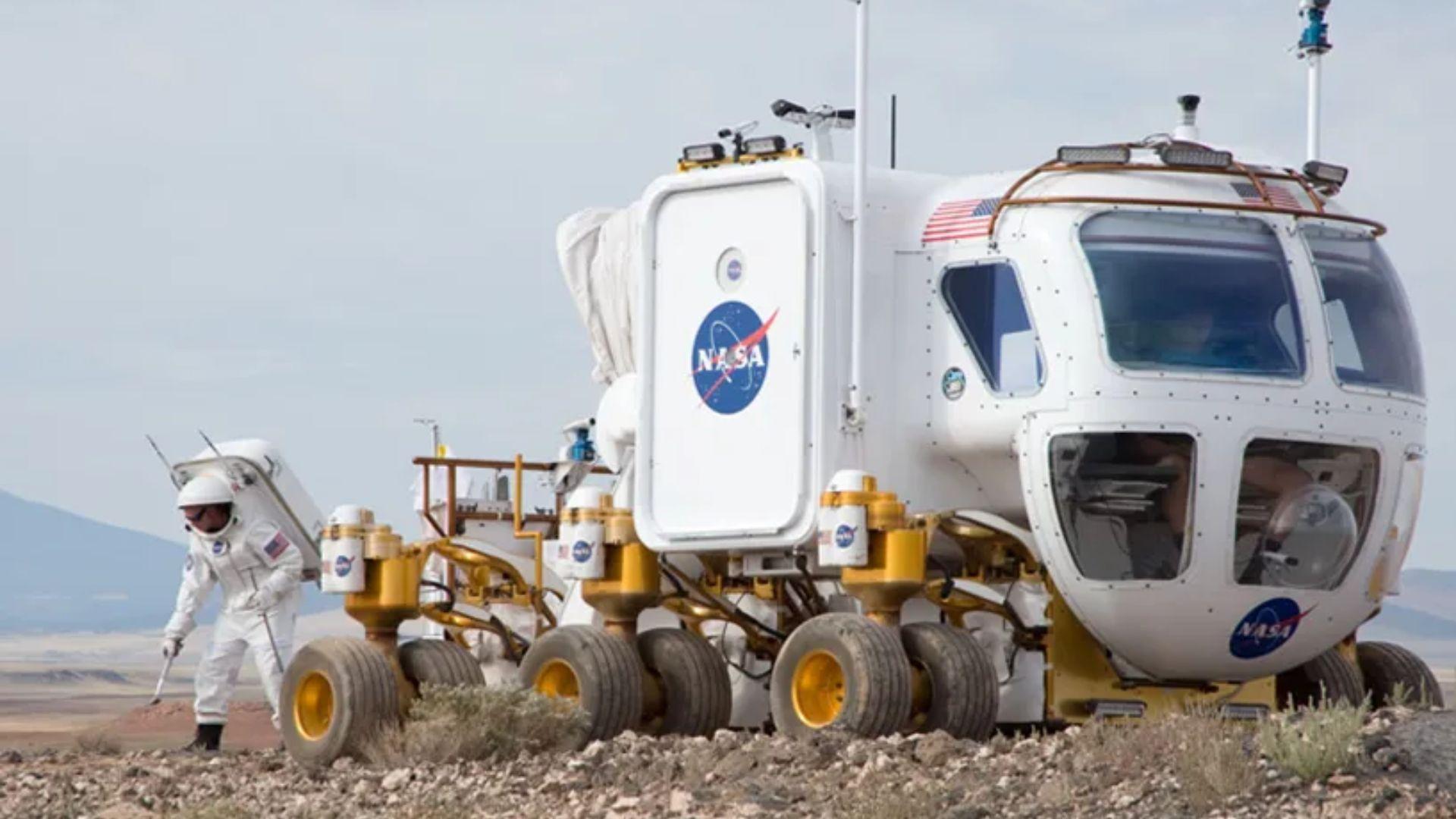
Analog testing, like the CHAPEA mission, plays a crucial role in space exploration. These tests provide valuable data about the feasibility and challenges of space missions before they are executed in real environments.
Such missions help identify potential issues and develop solutions, reducing risks for actual Mars missions and improving overall mission planning.
Psychological Impact of Isolation
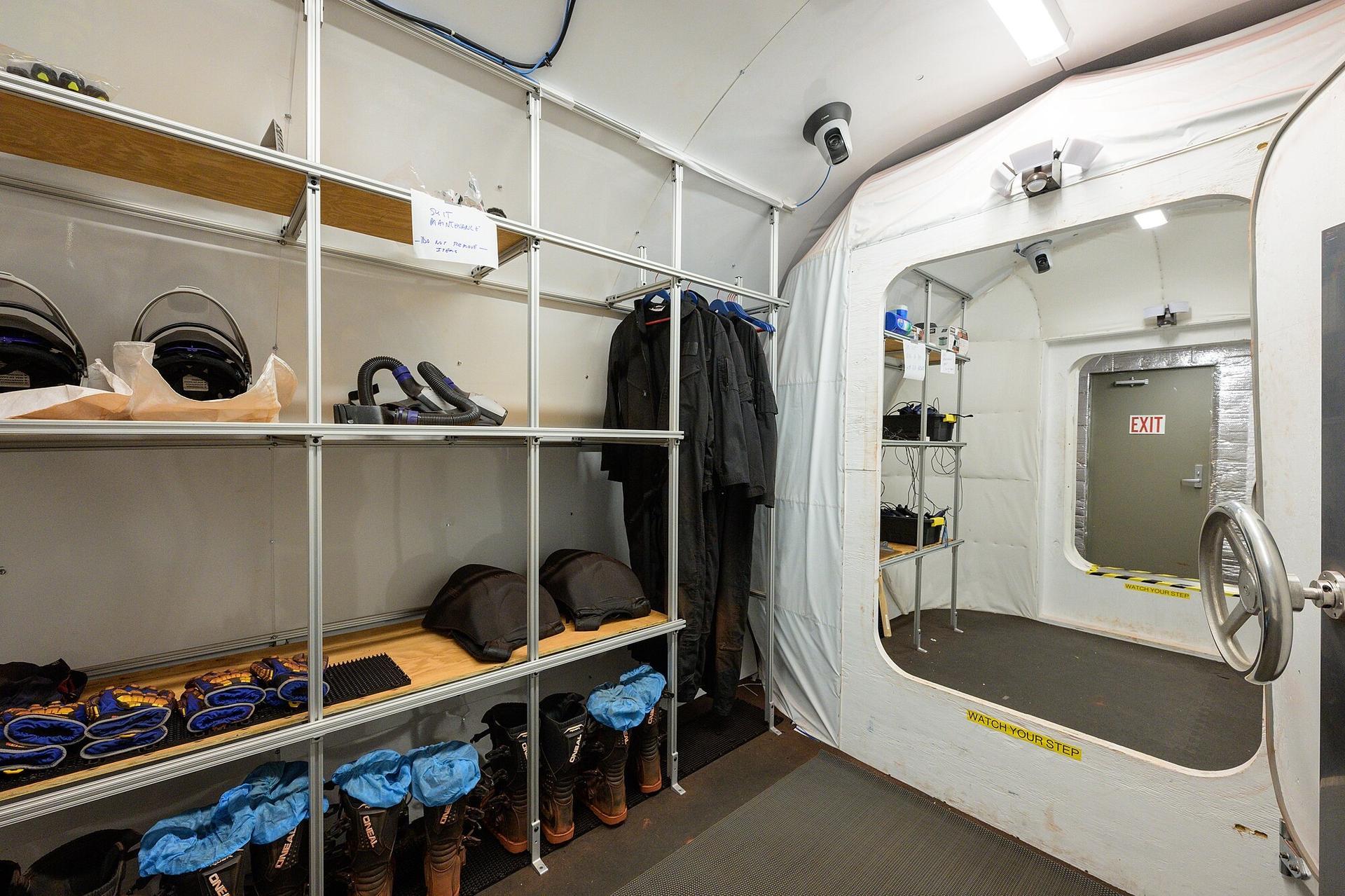
One of the significant aspects of the CHAPEA mission is studying the psychological effects of isolation. Prolonged confinement in a Mars-like environment can impact mental health, and understanding these effects is crucial for mission success.
Researchers monitor participants’ mental health to develop strategies to mitigate stress and improve crew well-being during long-duration missions.
Advances in Space Habitats
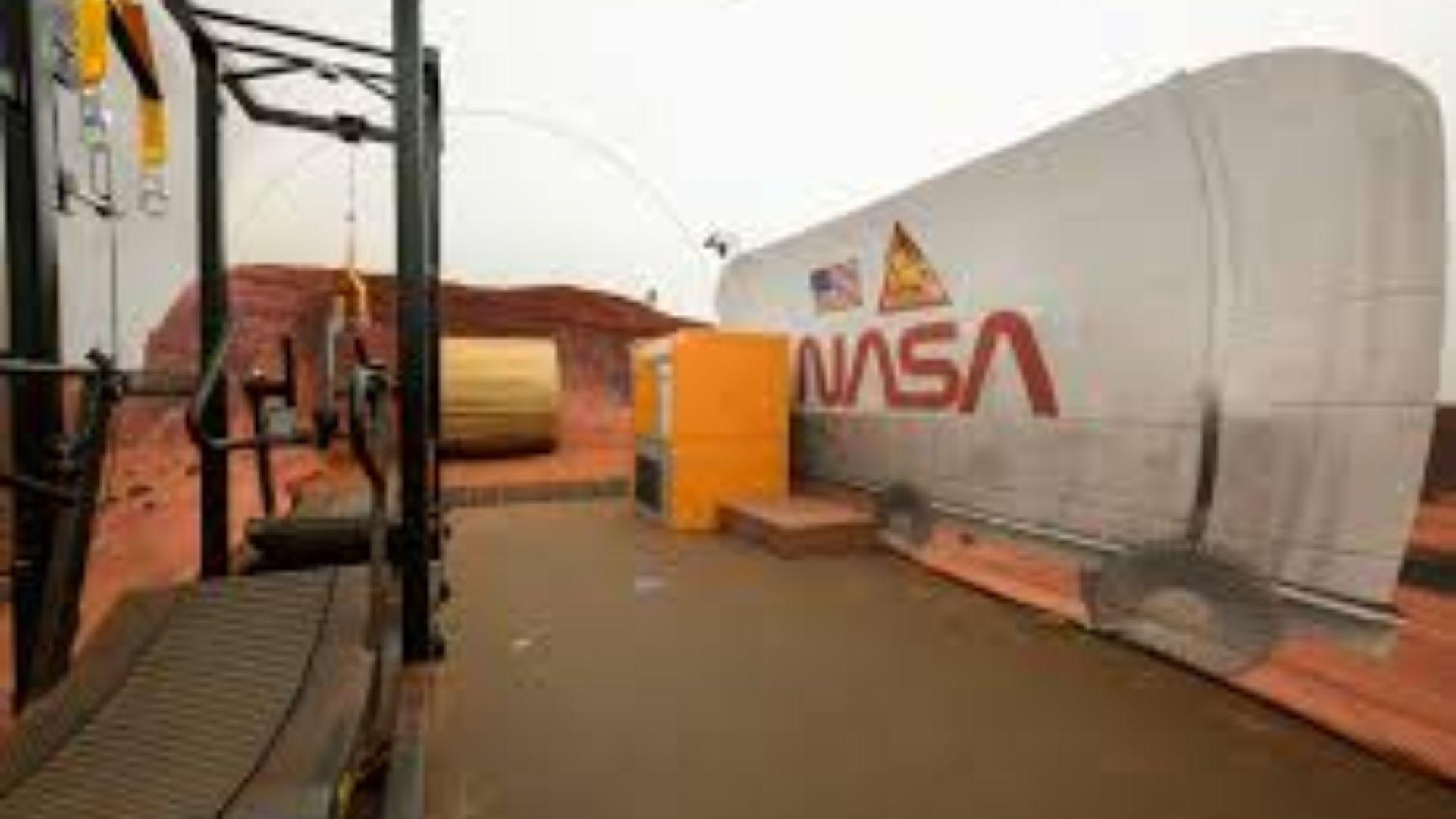
The data from the CHAPEA mission contributes to the development of advanced space habitats. These habitats are designed to support human life on Mars and other extraterrestrial environments by incorporating lessons learned from the simulation.
Enhancements in habitat design will improve living conditions and mission outcomes for future space explorers.
Preparing for Future Mars Missions

The knowledge gained from the CHAPEA mission is invaluable for planning future Mars missions. It helps scientists address challenges related to crew health, resource management, and overall mission logistics.
This preparation is essential for ensuring the success of human exploration of Mars and the establishment of a sustainable presence on the Red Planet.
Looking Ahead: The Future of Space Exploration

The CHAPEA mission represents a significant step toward understanding and overcoming the challenges of space exploration. As we look to the future, the lessons learned will guide the development of new technologies and strategies for Mars and beyond.
NASA’s continued research and testing are crucial for paving the way for humanity’s future in space, ensuring that we are well-prepared for the next era of exploration.

